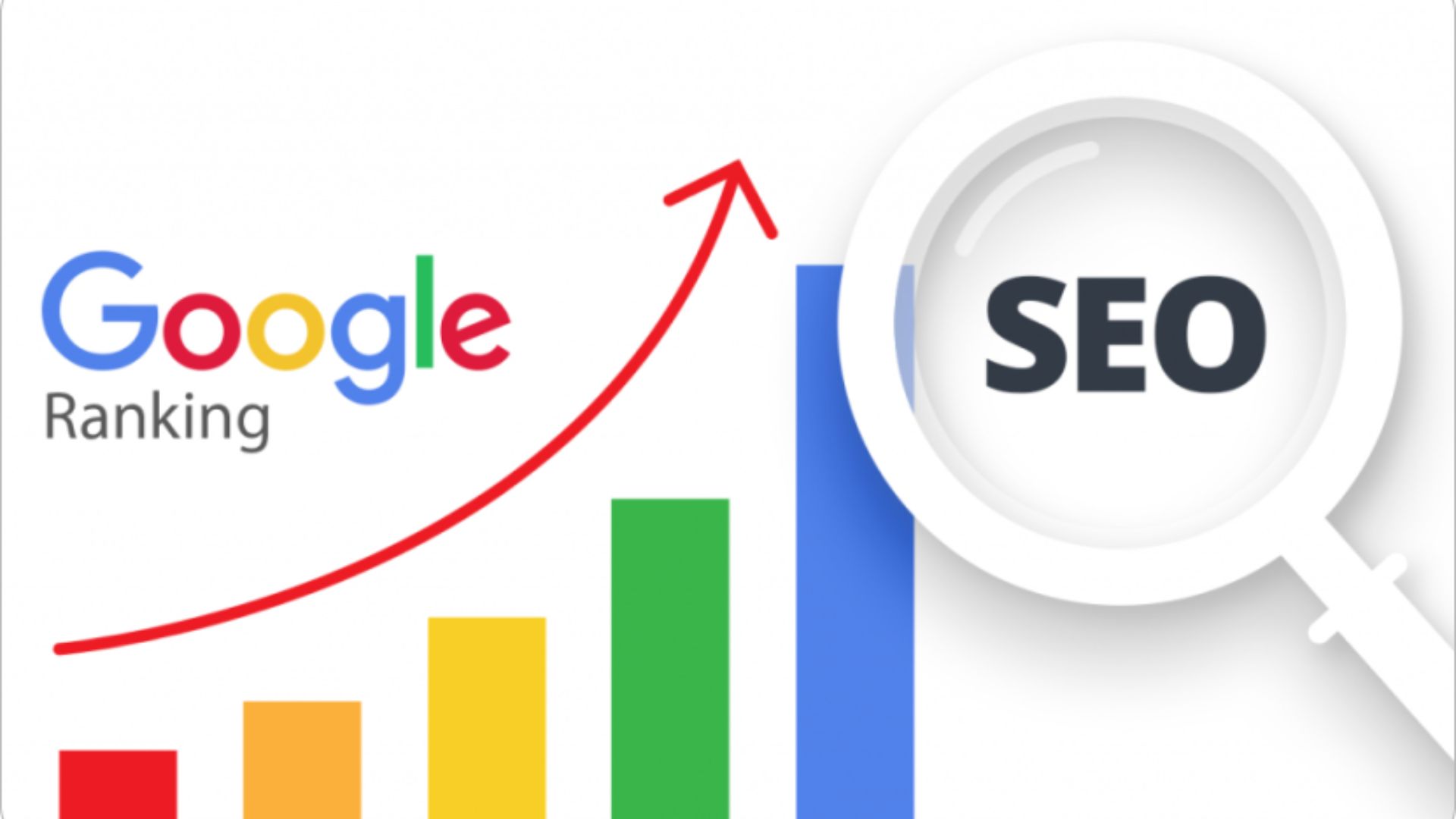How to Rank Higher on Google
If you’re wondering how to rank higher on Google, you’re not alone. Every business, blog, and brand wants that coveted first-page position. Why? Because nearly 75% of users never scroll past the first page of search results. Ranking higher increases visibility, traffic, and ultimately, conversions.
Fortunately, improving your rankings is possible with the right strategy. Whether you’re new to SEO or want to refine your approach, the steps below will help you climb the search engine ladder.
Understand What Google Wants
To rank higher on Google, you must understand how the search engine works. Google’s goal is to deliver the most relevant, high-quality content to users. It uses complex algorithms to evaluate hundreds of factors, including content quality, site performance, user behavior, and backlinks.
In short, the better your website serves its users, the more likely it is to rank well.
Perform Keyword Research
Keywords are at the heart of SEO. Start by identifying what your audience is searching for. Use tools like Google Keyword Planner, Ubersuggest, or Ahrefs to find relevant, low-competition keywords with solid search volume.
Focus on long-tail keywords, which are more specific and less competitive. Instead of targeting “shoes,” go for “best running shoes for flat feet.” These types of keywords often have higher conversion rates because they reflect clear user intent.
Optimize Your On-Page SEO
To rank higher on Google, your content must be optimized for both users and search engines.
Key on-page elements to optimize:
-
Title tag: Include your primary keyword and make it compelling
-
Meta description: Write a clear, engaging summary of your page content
-
Headers (H1, H2, H3): Organize content and include keywords naturally
-
URL structure: Keep it clean, short, and keyword-focused
-
Internal links: Link to other relevant pages on your website
-
Image alt text: Describe images for accessibility and SEO benefit
Use your keywords naturally—avoid stuffing them into every paragraph. Google rewards content that reads smoothly and provides real value.

Create High-Quality, Engaging Content
Content is one of the most powerful tools you can use when learning how to rank higher on Google. Google’s algorithm favors content that is helpful, well-written, and aligned with search intent.
What makes great content?
-
It answers a specific question or solves a problem
-
It’s original, informative, and up-to-date
-
It includes visual elements like images, infographics, or videos
-
It’s structured for easy reading (short paragraphs, bullet points, subheadings)
Aim to create content that is better than anything else currently ranking for your target keywords.
Improve Website Speed and Mobile Experience
Page speed and mobile-friendliness are official ranking factors. If your website is slow or hard to navigate on a smartphone, users will leave—and your rankings will drop.
How to improve performance:
-
Compress images to reduce load time
-
Use a reliable hosting provider
-
Minimize use of heavy scripts and plugins
-
Implement mobile-responsive design
-
Enable browser caching and lazy loading
Run your site through tools like Google PageSpeed Insights and GTmetrix to identify and fix performance issues.
Build Quality Backlinks
Backlinks are like votes of confidence from other websites. The more high-quality, relevant sites that link to yours, the more authority your content gains in Google’s eyes.
Effective backlink strategies:
-
Guest posting on industry blogs
-
Creating share-worthy content like infographics or guides
-
Reaching out to influencers or journalists
-
Submitting to reputable directories
-
Earning links through PR or digital outreach campaigns
Avoid buying backlinks or using shady tactics—Google penalizes unnatural link-building practices.
Optimize for Local SEO
If you run a local business, local SEO is essential for ranking higher in your area.
Key steps for local SEO:
-
Claim and verify your Google Business Profile
-
Include your NAP (Name, Address, Phone) consistently across all platforms
-
Encourage happy customers to leave reviews
-
Add location-specific keywords to your content
-
Get listed in relevant local directories
These efforts help you appear in “near me” searches and on Google Maps, driving real foot traffic to your business.
Keep Track and Keep Improving
SEO isn’t a one-time task—it’s an ongoing process. Use tools like Google Analytics and Google Search Console to monitor your traffic, keyword rankings, and site health.
Look at which pages are performing best and where you’re losing visitors. Use this data to refine your strategy, update old content, and target new keyword opportunities.
Final Thoughts
Understanding how to rank higher on Google is about more than just keywords. It requires a mix of technical optimization, high-quality content, user experience, and strategic link-building. The good news? You don’t need to be an SEO expert to make progress.



